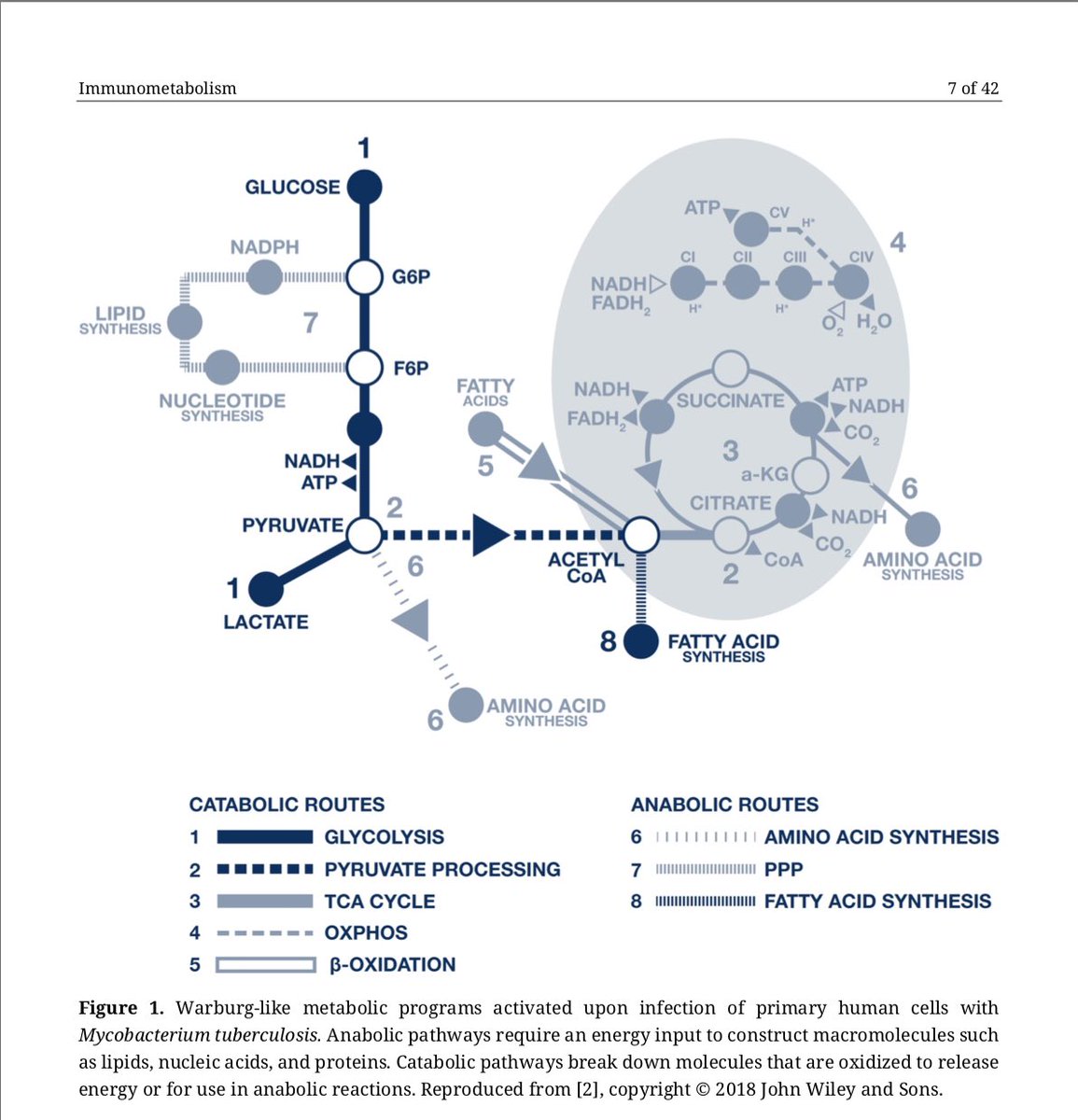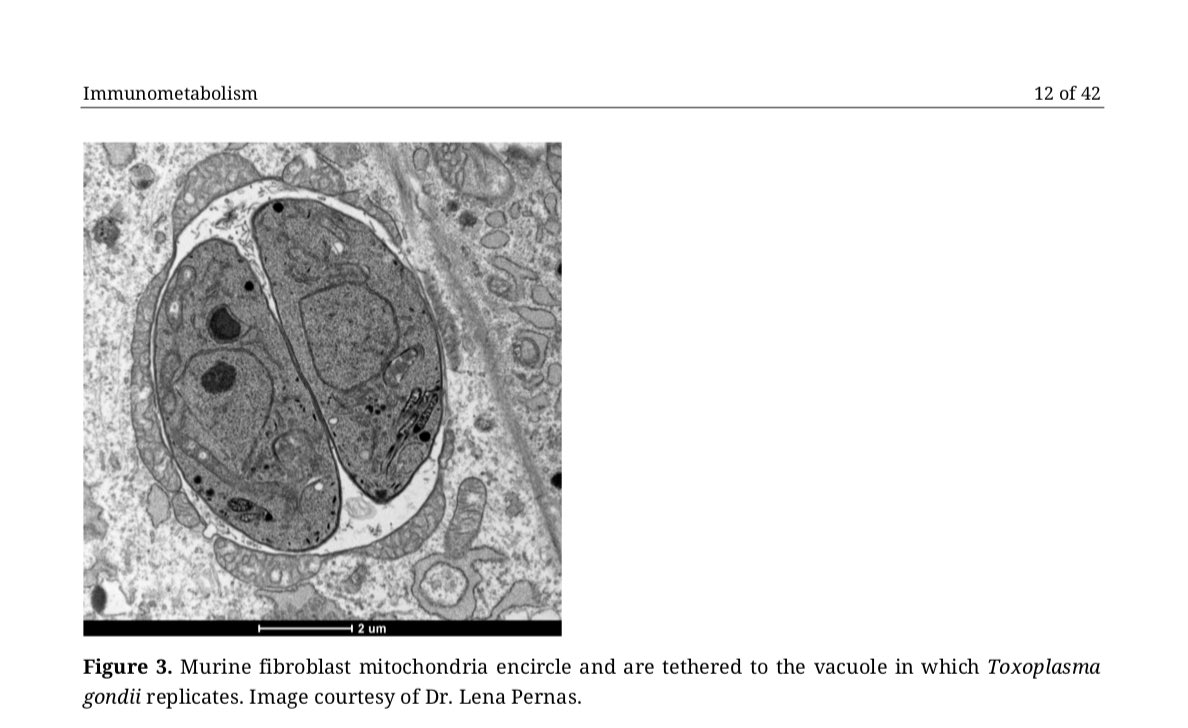
Thanks @DrDavidACox for interviewing me for this article on #LongCovid. There’s also great info in the article on research showing #viral RNA in the brains of patients w/ post-SARS syndrome, and viral reservoirs in patients w/ post-Ebola Syndrome: bbc.com/future/article…
2/ The article reads: “Amy Proal, a microbiologist who runs the @polybioRF which studies the causes of chronic inflammatory diseases, believes that small amounts of #pathogens that linger beyond the reach of the immune system in remote pockets of the body...
3/ “...known as reservoirs or anatomical sanctuaries, are at least partially responsible for a whole range of post-infectious syndromes. This includes long #Covid, but also a number of mysterious illnesses which have puzzled scientists for decades, such as chronic Lyme disease..
4/ “...and also #ME/CFS, a condition which has long been speculated to have infectious origins although some scientists feel there could be a range of potential causes, and bears a number of similarities to long Covid.
5/ "The phenomenon of people developing chronic symptoms after an infectious #outbreak is not new," she says. "If the Sars-CoV-2 #virus didn't do this, it would pretty much be the only documented time where a major pathogen didn't result in chronic cases.
6/ There's a huge amount of studies, which have been neglected by the mainstream medical community, showing how infectious #organisms can persist in tissue, and contribute to disease processes...
7/ ...Some viruses are highly neurotrophic, meaning they can burrow into #nerves, and hide out there, and there's evidence that Sars-CoV-2 is capable of this."
8/ Proal says that in the past, many doctors have been quick to attribute post-infectious syndromes to psychological factors, rather than the latent effects of a #pathogen still causing harm somewhere in the body.
9/ However over the past decade, outbreaks of #Ebola, Zika, and now Covid-19 have all resulted in long-term chronic #illness in a proportion of survivors, resulting in an increased openness to this idea.
10/ But in another sub-group of patients, something even stranger may be happening. A number of studies have reported reactivation of the herpes zoster virus – most commonly known as the cause of chickenpox – as well as the Epstein-Barr virus, and cytomegalovirus in...
11/ ... acute Covid-19 patients. These are all #viruses that are known to be retained in the body for life as they can remain inactive inside cells...
12/ Some researchers have speculated that Covid-19 could be triggering the reactivation of #viruses that have lain dormant in the body for years or even decades, leading to the development of #chronic symptoms.
13/ "One of the things that the Sars-CoV-2 virus does, is it blunts interferon signaling, and interferons are part of the immune system which keeps viruses in check," says Proal.
14/ "So, if you already had the Epstein-Barr virus lying dormant in your body, it might then reactivate, and infect a new nerve or new tissue, maybe get into the central nervous system, and that could result in these chronic symptoms."
• • •
Missing some Tweet in this thread? You can try to
force a refresh







